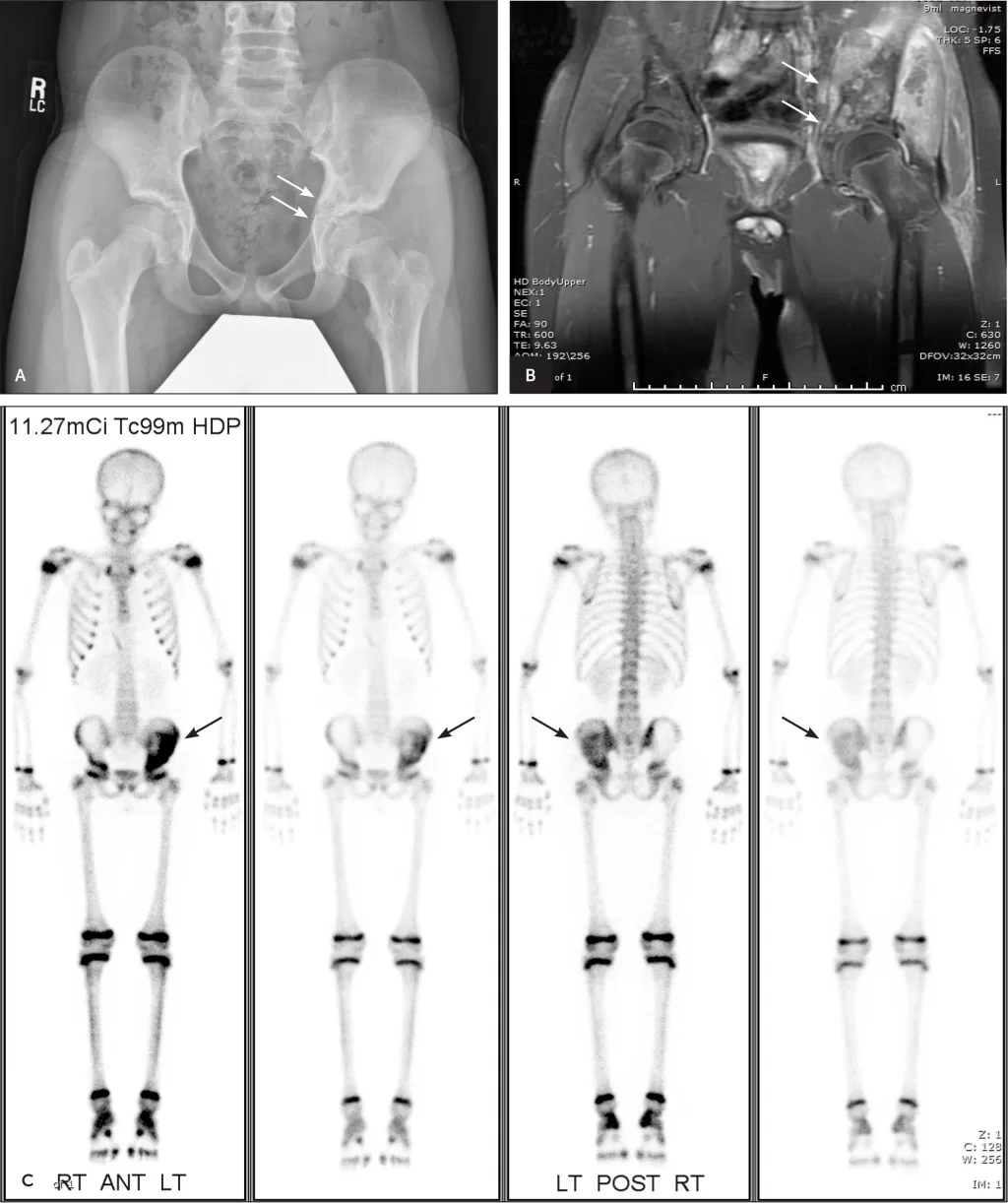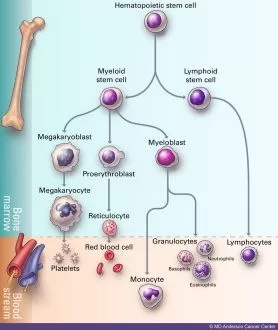Bone cancer, although not as common as other cancers, poses significant challenges for individuals and their families alike. Understanding the symptoms of bone cancer is crucial for early detection, as many signs can mimic other conditions. This overview will explore the various types of bone cancer, available treatments, and the prognosis for those diagnosed with this disease. From osteosarcoma to secondary bone cancer, each type presents unique challenges and treatment options. Additionally, we will discuss the impact of bone cancer on pets, particularly bone cancer in dogs, highlighting the importance of awareness and vigilance in both human and animal health.
Osteosarcoma, Ewing sarcoma, and chondrosarcoma are just a few of the medical conditions that fall under the broader category of skeletal malignancies. These tumors can originate in the bone or spread from other parts of the body, leading to serious health concerns. Recognizing the signs of these bone tumors is essential for timely intervention, which can greatly improve patient outcomes. Treatment approaches vary widely, ranging from surgical options to chemotherapy and radiation therapy, tailored to the specific type of bone malignancy diagnosed. Furthermore, understanding the prognosis for these conditions can empower patients and their families to make informed decisions about their care.
Understanding the Symptoms of Bone Cancer
Bone cancer symptoms can often be misleading, resembling those of other common ailments. The most persistent symptom is bone pain, which may intensify during the night or with physical activity. Patients might also experience swelling and tenderness around the affected area, which can lead to an eventual diagnosis if noticed early. Additionally, fractures can occur more easily due to the weakening of bones, a significant concern for individuals experiencing unexplained weight loss and fatigue. Recognizing these symptoms and consulting a healthcare professional promptly is crucial for early detection.
In many cases, patients may dismiss these symptoms as normal wear and tear or age-related issues, which can delay diagnosis and treatment. For this reason, it’s essential to be vigilant about any changes in bone health, especially if accompanied by other signs like unintentional weight loss or chronic fatigue. Healthcare providers often recommend imaging tests, such as X-rays or MRIs, to investigate suspicious symptoms further and to rule out other conditions, ensuring a timely and accurate diagnosis of bone cancer.
Exploring Treatment Options for Bone Cancer
Bone cancer treatment strategies vary significantly based on the type of cancer, its stage, and the patient’s overall health. Surgical intervention is often the first line of treatment, aiming to remove the tumor while preserving as much healthy bone as possible. Limb-sparing surgery is a common approach that allows for functionality to be maintained while effectively addressing the cancerous growth. In cases where surgery may not be feasible, or where the cancer has metastasized, chemotherapy is typically employed to target and kill cancer cells, reducing the chances of further spread.
Radiation therapy is another vital treatment modality, often utilized when surgery is not an option or as a complementary treatment to alleviate pain. Recent advancements have introduced innovative therapies such as targeted treatments and immunotherapy, particularly effective for late-stage bone cancer cases. Personalized treatment plans tailored to the individual’s specific cancer type and overall health are becoming more common, as research continues to uncover more effective treatment protocols for bone cancer.
Prognosis and Survival Rates of Bone Cancer
The prognosis for individuals diagnosed with bone cancer can vary widely, influenced by several key factors. The type of bone cancer plays a significant role in determining treatment response and overall survival rates. For instance, osteosarcoma, which predominantly affects younger individuals, may have different outcomes compared to chondrosarcoma, which often occurs in older adults. Additionally, the stage at which the cancer is diagnosed is critical; early detection typically leads to better treatment options and improved prognoses.
Other influencing factors include the patient’s age and overall health, as younger patients tend to fare better than their older counterparts. Understanding these variables helps patients and families set realistic expectations and make informed decisions regarding treatment options. Consulting with healthcare providers for personalized prognosis assessments is essential, as survival rates are often generalized and may not accurately reflect an individual’s unique situation or needs.
Bone Cancer: Understanding Canine Implications
Bone cancer is not limited to humans; it also significantly affects dogs, with osteosarcoma being the most common type encountered in canines. This aggressive form of cancer presents severe pain and discomfort, often necessitating drastic measures such as limb amputation followed by chemotherapy to manage the condition. Pet owners should remain vigilant for signs such as limping, reluctance to play, or changes in behavior, as these can indicate the presence of bone cancer.
Early detection in dogs can lead to better health management and a more favorable outcome. Veterinary oncologists emphasize the importance of regular check-ups and being observant for any sudden changes in mobility or activity levels. Just like in humans, understanding the implications of bone cancer in dogs empowers pet owners to seek timely veterinary care, improving the quality of life for their beloved companions.
Frequently Asked Questions
What are the common symptoms of bone cancer?
The symptoms of bone cancer can often mimic those of other conditions, making early diagnosis challenging. Key symptoms include persistent bone pain, noticeable swelling and tenderness near the affected area, increased susceptibility to fractures, unexplained weight loss, and general fatigue. If you experience any of these symptoms, it’s crucial to consult a healthcare provider for proper evaluation.
What are the treatment options available for bone cancer?
Treatment for bone cancer varies based on the type and stage of the disease. Common options include surgery, particularly limb-sparing procedures, chemotherapy to target cancer cells, and radiation therapy for pain relief or when surgery is not feasible. Emerging therapies like targeted treatments and immunotherapy are also being explored for their effectiveness in managing bone cancer.
What is the prognosis for individuals diagnosed with bone cancer?
The prognosis for bone cancer patients varies significantly and is influenced by factors such as the type of bone cancer, age at diagnosis, stage of the disease, and overall health. Generally, younger patients with early-stage diagnoses tend to have better outcomes. Consulting with a healthcare provider can provide more personalized insights into prognosis and survival rates.
How does bone cancer affect dogs, and what treatments are available?
Bone cancer, particularly osteosarcoma, is a common and aggressive condition in dogs. It often leads to severe pain, necessitating treatments like amputation followed by chemotherapy to improve quality of life. Pet owners should be vigilant for signs of discomfort or changes in mobility, as early intervention can significantly enhance treatment success.
| Aspect | Details |
|---|---|
| What is Bone Cancer? | Bone cancer originates in the bones and can be primary (from bones) or secondary (spread from other cancers). |
| Types of Bone Cancer | 1. Osteosarcoma 2. Ewing Sarcoma 3. Chondrosarcoma 4. Adamantinoma 5. Secondary Bone Cancer |
| Symptoms of Bone Cancer | – Persistent Bone Pain – Swelling and Tenderness – Fractures – Weight Loss – Fatigue |
| Treatment Options | – Surgery – Chemotherapy – Radiation Therapy – Emerging Therapies (targeted therapies, immunotherapy) |
| Prognosis and Survival Rates | Factors include type of cancer, age, stage at diagnosis, and overall health. |
| Bone Cancer in Pets | Bone cancer, notably osteosarcoma, also affects dogs, requiring careful monitoring and treatment. |
Summary
Bone cancer is a serious condition that significantly impacts patients and their families. Understanding the various types, symptoms, and treatment options is essential for effective management. Early detection and personalized treatment plans can dramatically improve survival rates and the quality of life for those affected by bone cancer. Advances in therapies offer hope, making it crucial for individuals to stay informed and seek timely medical advice.
The content provided on this blog (e.g., symptom descriptions, health tips, or general advice) is for informational purposes only and is not a substitute for professional medical advice, diagnosis, or treatment. Always seek the guidance of your physician or other qualified healthcare provider with any questions you may have regarding a medical condition. Never disregard professional medical advice or delay seeking it because of something you have read on this website. If you believe you may have a medical emergency, call your doctor or emergency services immediately. Reliance on any information provided by this blog is solely at your own risk.







